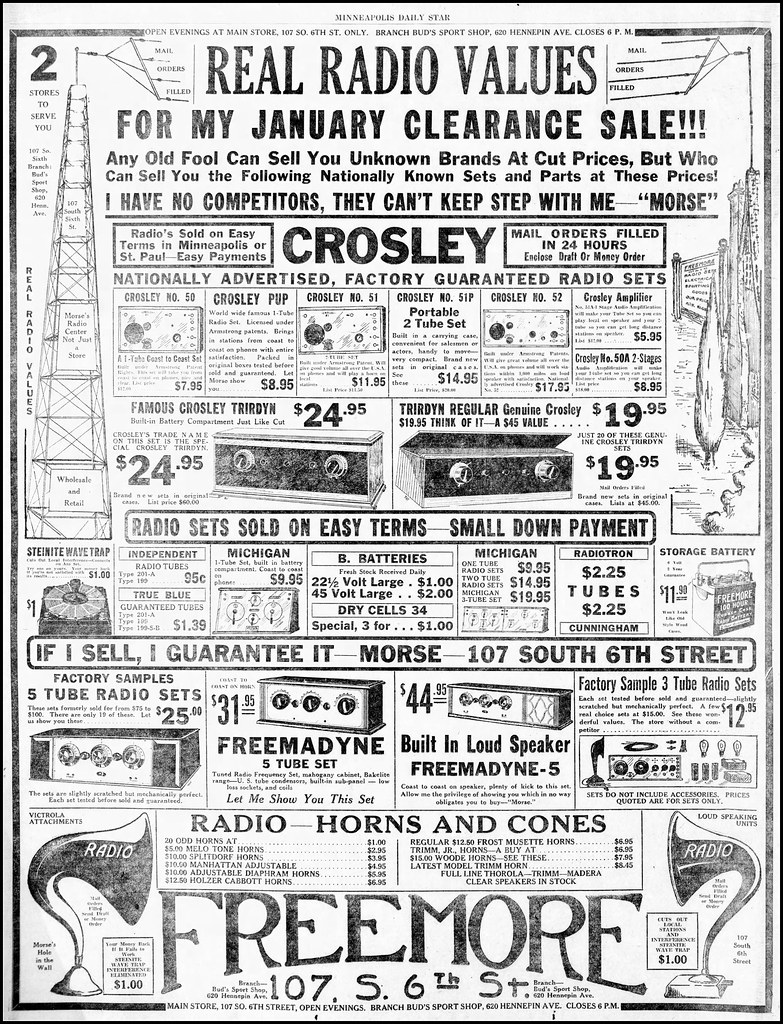
Vans has been a staple in marketing and advertising for many years. The company was founded in 1966 by Paul and Jim Van Doren and has been in the business of manufacturing and selling footwear for the past six decades. It has grown to be one the most recognized brands on the planet and has a formidable retail presence. The brand has over 2,000 retail locations in the world and is present in 84 territories.
Vans has used its name to promote many products including shoes, rubber, socks, bags and sunglasses. But, the Vans shoes are its flagship product. Vans shoes, also known as Vans, have been a favorite among skateboarders, hipsters, aficionados, and others for almost five decades. Its distinctive designs have earned Vans a cult-like following. Vans shoes are durable and comfy, making them a great choice for fashion-conscious, active consumers.
Vans isn't just about the product, however; the company is also a champion when it comes to creativity. For starters, it encourages its creative employees to do what they love. From digital animation to music videos to custom footwear, the company puts artists at the center of their operations.

This can be seen in the company's culture, and on social media. They make it a priority to keep up with the latest trends and fads, and give customers and fans the chance to participate in the process. The brand has a Los Angeles cultural hub called House of Vans, which is not only a community of artists around the world.
One of the more memorable ad campaigns for the company is the Vans-sponsored Warped Tour. Access to top-notch acts and seasoned performers is all part of the tour's affordable admission price. You can even bring your children along to enjoy the concert.
This ad uses a different image than the usual shoe ad. Instead, it features an eye-catching closeup of a woman, thereby enhancing the message of the shoes, and allowing the company to hit the marketing trifecta.
The company's best-known ad campaign, aside from the well-crafted print advertisement, is its online shop. The brand's online store features many accessory and shoe lines. They also have a lot of social media channels. The brand adapts to current trends and fashions with style by drawing inspiration from its constantly changing customer base.

On the other side, the company has always kept up with technology advances and has been a pioneer in many of them. Vans, for example, has integrated a range of technologies into its footwear. These include a breathable liner and the most recent in ocular technology. The company has also been able capitalise upon a growing range of subcultures, including skateboarding and other action-sports.
FAQ
What is an advert buyer?
Advertisers buy advertising space on television, radio, and print media.
An advertiser pays for the time they want their message to appear.
They are not necessarily looking for the best ad but rather what is most effective at reaching their target market.
The advertiser may have specific demographic information about their potential customers, such as age, gender, income level, marital status, occupation, hobbies, interests, etc.
The advertiser can use this data to determine which medium will work best for them. They may decide that direct mail works better with older people.
Advertisers also consider the competition. If there are similar businesses nearby, they might choose to place their ads near those competitors.
Advertisers must also take into account the size of their budget as well as the time it will take to spend the money before it expires.
What is the best way to learn about television advertising?
Television advertising is a powerful medium to reach many people at one time. It was also quite expensive. However, if you use it well, it can be incredibly powerful.
While there are many types and styles of TV ads, most share some common traits. It is important to make sure that your TV ad fits into the appropriate category. You shouldn't attempt to make a lifestyle commercial the same as a product ad. Your message should remain consistent throughout the campaign.
Remember that prime-time is the best time for your ads to be aired. This is because viewers tend to watch TV while sitting down in front the television. They should be able to concentrate on what you are saying.
You don't have to be rich to achieve great results. In fact, the opposite may be true. According to University of California research, commercials airing during popular shows are less likely to be seen and sell more products than those which air during unpopular shows. Make sure you are doing it right if you're spending a lot on TV advertising.
What is the primary purpose of advertising?
Advertising is more than selling products. It's about building an emotional connection with your customers.
Advertising is all about communicating ideas and values with people who are already interested. It's about changing people's attitudes. It's all about building relationships.
It's about helping people feel good about themselves.
If you don't understand your customers' needs, you can't market to them.
It is essential to first understand the needs and purchasing habits of your customer before you embark on any advertising project.
This allows you to design ads that resonate well with them.
What should you know about printing advertising?
Print advertising is a great medium to communicate with customers. Many companies use it to promote products and services. It is designed to attract the attention of the customer.
Print ads are usually short (one page) and contain text, pictures, logos, and other graphics. These ads may include sound, animation and video as well as hyperlinks.
The following are the main types print advertisements:
1. Brochures are large-format printed materials that are designed to draw people into shops. Brochures can often be adorned with brightly colored images and eye-catching designs.
2. Catalogues – These are smaller versions to brochures. These are typically sent to customers who ask for specific information.
3. Flyers are small pieces or paper distributed at events such concerts and fairs. If they are given out at retail outlets, they can be obtained for free, but you must pay for them.
4. Posters – These are larger versions than flyers. They are displayed on walls, fences, and buildings. They are created by computer software programs in order to grab passersby's eyes.
5. Direct mail - These are letters or postcards that are sent directly to potential customers. These are sent to customers periodically by businesses to remind them about their business.
6. Newspaper Ads – These are ads that appear in newspapers or magazines. They can be quite lengthy and often include text as well as images.
What is affiliate Marketing?
Affiliate marketing allows you to make money by referring people to other websites that sell products or services. When someone purchases from you, the product owner will pay you.
Affiliate marketing relies on referrals. Referring people to your website is all that's required. You just need to refer them to our website.
You don't have to sell anything. It's just as easy to sell as it is to buy.
In minutes, you can also set up an affiliate account.
The more you refer people, the more you'll receive commission.
There are two types:
-
Affiliates who own their own websites
-
Affiliates who work for companies that offer products and services.
How much does it cost for social media advertising?
You should be aware that social media advertising costs money. You will be charged monthly depending on your time on each platform.
Facebook - $0.10 for 1,000 impressions
Twitter: $0.20 per 1,000 impressions (if your tweet is on Twitter)
Linkedin - $0.30 per 1,000 impressions if you send out invitations
Instagram - $0.50/1000 impressions
Snapchat - $0.60 Per 1,000 Impressions ($0.40 per User)
YouTube - $0.25/1000 views
Tumblr - $0.15 per 1,000 impressions for text posts.
Pinterest - $0.05 per 1,000 impressions per month
Google + - $0.15 - $0.20 per 1 Million Impressions
Tumblr- $0.15-$.20 for 100,000 impressions
Vimeo - $0.20 to $0.25 per 10,000 impressions
Soundcloud - $0.20 - $0.0.25 for 1,000,000 plays
StumbleUpon - $0.20 -$0.25 per 1 billion pageviews
Digg: $0.20 – $0.25 per 1,000 diggs
Reddit: $0.20-$0.25 for 1000 comments
Wordpress - $0.20 - $0.25 for 500 comments
Flickr - $0.20 -- $0.25 per 5,000 photo uploads
What do you need to know about radio advertising?
It is important to understand the interdependence of different media types. The most important thing to remember is that all forms of media are complementary rather than competitive.
Radio is best used as an extension of television advertising. It can reinforce key messages and provide additional information.
TV commercials are often too long for radio listeners. Radio ads are usually shorter and less expensive.
Statistics
- In 1919 it was 2.5 percent of gross domestic product (GDP) in the US, and it averaged 2.2 percent of GDP between then and at least 2007, though it may have declined dramatically since the Great Recession. (en.wikipedia.org)
- This means that at least 50% of an ad needs to be shown on the screen for at least one second. (quicksprout.com)
- Nonetheless, advertising spending as a share of GDP was slightly lower – about 2.4 percent. (en.wikipedia.org)
- Worldwide spending on advertising in 2015 amounted to an estimated US$529.43 billion. (en.wikipedia.org)
External Links
How To
How can I advertise on Google
AdWords is Google's advertising platform where businesses can buy ads based on keywords they want to target. The first step is setting up your account. The first step is to choose a campaign title, budget, ad type (text/image, video), and keywords. Then, you place a bid on the keywords. If someone clicks on one of your ads, you pay only if the click comes from a person who searched for one of your targeted keywords. This way, you get paid even when people don't buy anything.
Google has many tools available to make sure your ads are effective. These include Ads Preferences Manager, Keyword Planner, Analytics, and Ads Preferences Manager. These let you determine which strategy is best for you business.
A keyword planner allows you to determine the best keywords to use in your campaigns. It will also show you the competition for keywords and help you decide if you should spend money bidding.
Ads Preferences Manager is available to alter settings such as maximum number of impressions per calendar day and minimum cost per click.
Analytics allows to track your ads' performance and compare it with other campaigns. Reports can be viewed that compare your ads to others.